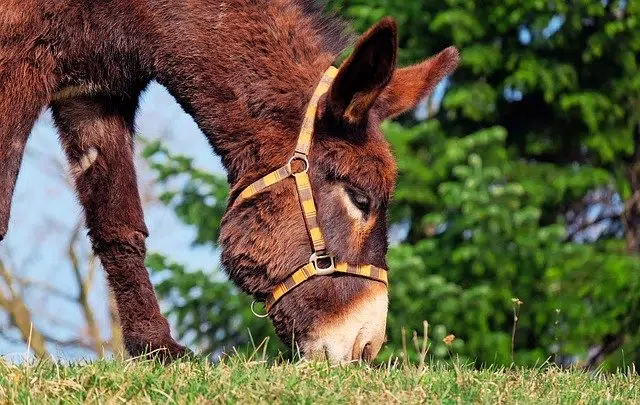
The food chain reflects the interactions between living beings that are forged through food.
The concept of food chain is used to name the interrelationship established by living beings that feed on each other in a certain order. The idea of a chain refers to the fact that one organism eats another and, in turn, is eaten by a third.
Also called the food chain , the food chain reveals the nutritional links between decomposers, consumers, and producers . It is a flow of energy that begins with photosynthesis : that energy, through nutrition, is then transferred from one organism to another.
Biological community
The members of the food chain must be part of a set of organisms called a biological , biotic , ecological community or, simply, biocenosis . These are species that share the same biotope (an area whose environmental properties give rise to the life of a certain flora and fauna).
The biological community is divided into three well-defined groups: that of plants, that of animals and that of microorganisms, which are known by the names phytocenosis, zoocenosis and microbiocenosis , respectively. If we base ourselves on a definition of an ecosystem provided by the botanist Arthur Tansley in 1935, we can say that it is made up of both a biocenosis and its corresponding biotope.

A grass-eating donkey occupies a certain level in the food chain.
Food chain example
It can be said, therefore, that the food chain begins with photosynthetic plants that create organic matter from inorganic matter using the energy of the sun's rays. These living beings act as producers . The chain continues with consumers : organisms that feed on organic matter that comes from other species. Finally we have the decomposers , which feed on waste and remains.
Take the case of a rodent that eats plants. In this way he obtains the energy he needs to survive. This rodent can become, in turn, food for a fox . Then the fox, upon dying, is eaten by a scavenger bird . As you can see, all these animals (rodent, fox and scavenger bird) are links in the food chain and each one constitutes a different trophic level .
Loss of energy
It is important to note that throughout the passage through the food chain, a great loss of energy is generated, as it is transferred from one link to the next. In other words, a high level consumer receives a significantly smaller amount of energy than a low one. In this context we talk about primary consumer, secondary consumer , etc. Because of this phenomenon, it is believed that it is not possible to extend a food chain beyond quaternary consumers; In fact, in general it only reaches the tertiary level.
If, for some reason, one of the links in the food chain disappears, a fatal imbalance can be generated for the entire biological community . Returning to the previous example, if humans deforest the region and the rodent no longer has plants to eat, it can become extinct. Thus the fox is left without food, also affecting the scavenger bird.
The human being in the food chain
Human beings not only interfere in a negative way through the way they relate to plants and the soil, but their role within the food chain has been distorted to such a point that they do not seem to be part of this planet.
Unlike all other species on Earth , ours does not use its own tools to get its food: it does not tear leaves from trees with its own mouth or tear its prey with its bare hands, but rather relies on a abusive system of animal breeding and slaughter, as well as massive and artificial plantations that package food and distribute it in commercial stores. This, which makes us feel superior to others, should make us ashamed for having lost our identity .
